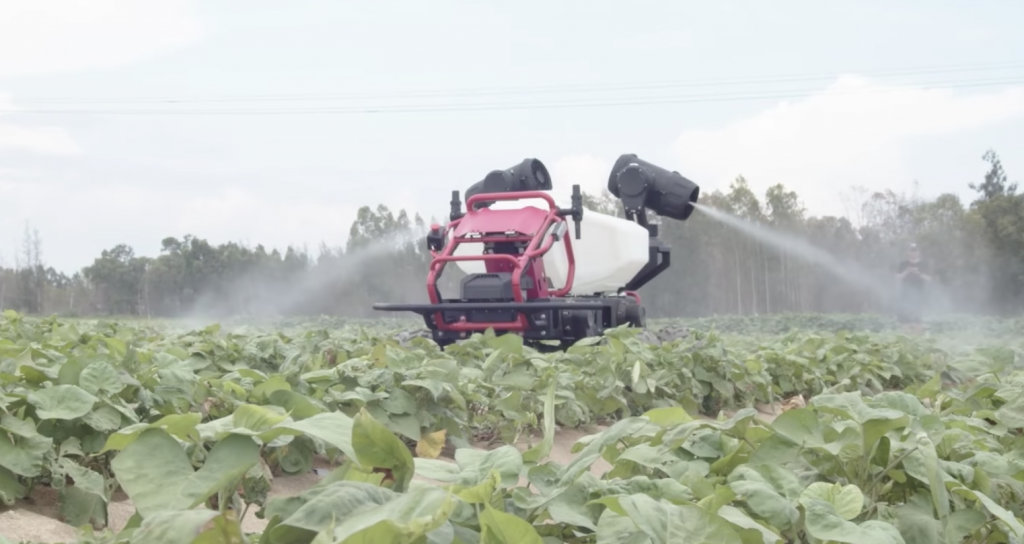Unmanned planters, sprayers, transplanters and harvesters, intelligent irrigation control systems and leaf-age diagnosis technologies are empowering Jiansanjiang, an agricultural region in China’s far Northeast area, to become a pioneer of intelligent agriculture.
The surrounding province of Heilongjiang, bordering on Russia, experimented with six unmanned farms in 2020, as 875 unmanned transplanters covered about 17,600 hectares and unmanned harvesters collected 1,000 hectares of rice, soybean and corn.

Apart from the agricultural machinery, the production base heralds a digital agriculture platform that gathers information on environmental factors, soil fertility and crop growth in different stages. The platform also offers scientific guidance on agricultural field management. Jiansanjiang is known as China’s green rice city, and its Honghe farm was the first modernized farm in the whole of China, making use of agricultural drones and other technologies. China Agricultural University has an experimental station looking at rice varieties in the city.
“Despite three typhoons, the per-unit yield is higher than last year, thanks to the application of new agricultural technologies,” said Liu Linyi, a rice farmer from the production base.
China saw a bumper harvest in 2020, with grain output up 0.9 percent year-on-year. Intelligent technologies have become part of the country’s drive to modernize agriculture, liberate manpower and improve production efficiency.
As of September, China had set up 18 unmanned pilot agriculture zones for 14 types of crops in 12 provinces and autonomous regions, covering more than 5,300 hectares of farmland.
“The development of intelligent agricultural machinery is gaining ground, and the unmanned farms will promote the transformation and upgrading of China’s agriculture,” said Luo Xiwen, a professor from South China Agricultural University.
Sales of self-driving agricultural machinery equipment and systems in the country reached more than 11,700 units in the first half of 2020, posting strong year-on-year growth of 213 percent. Autonomous agricultural machinery could reduce the use of pesticides and fertilizers by more than 30 percent and increase work efficiency by over 50 percent, according to studies.

